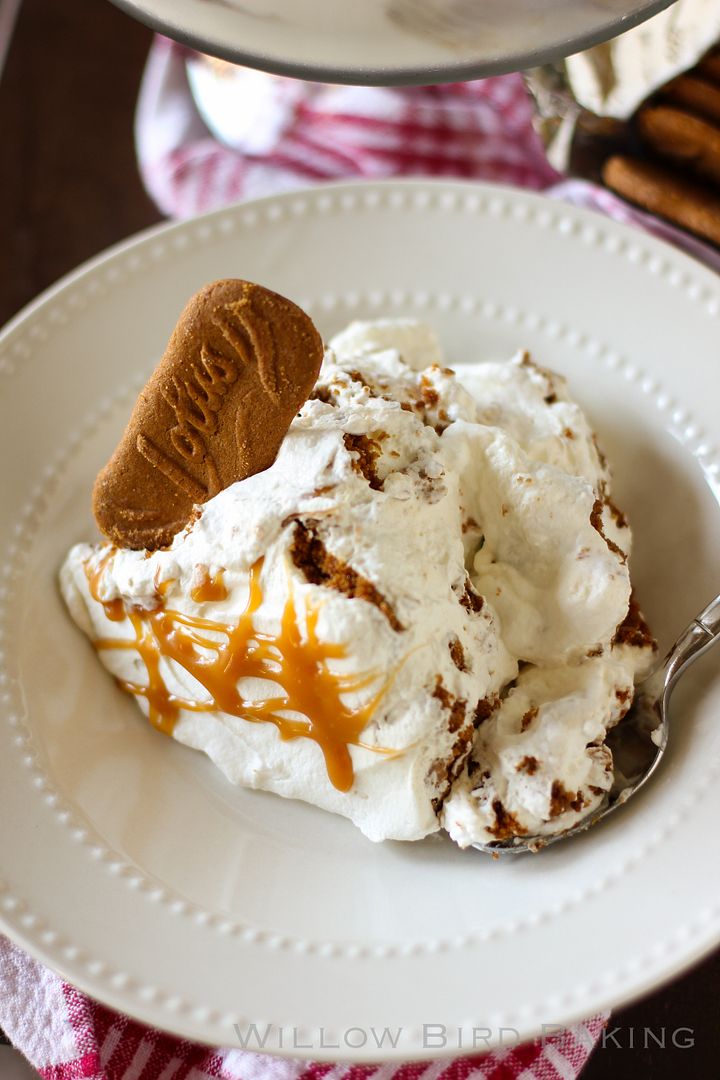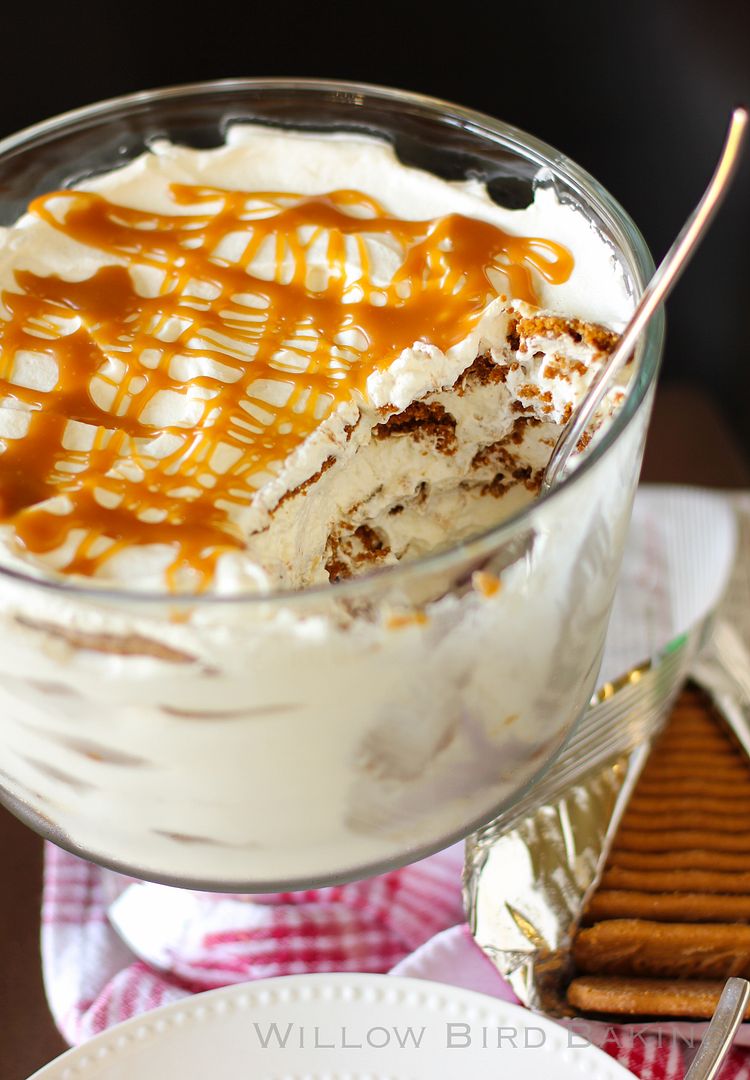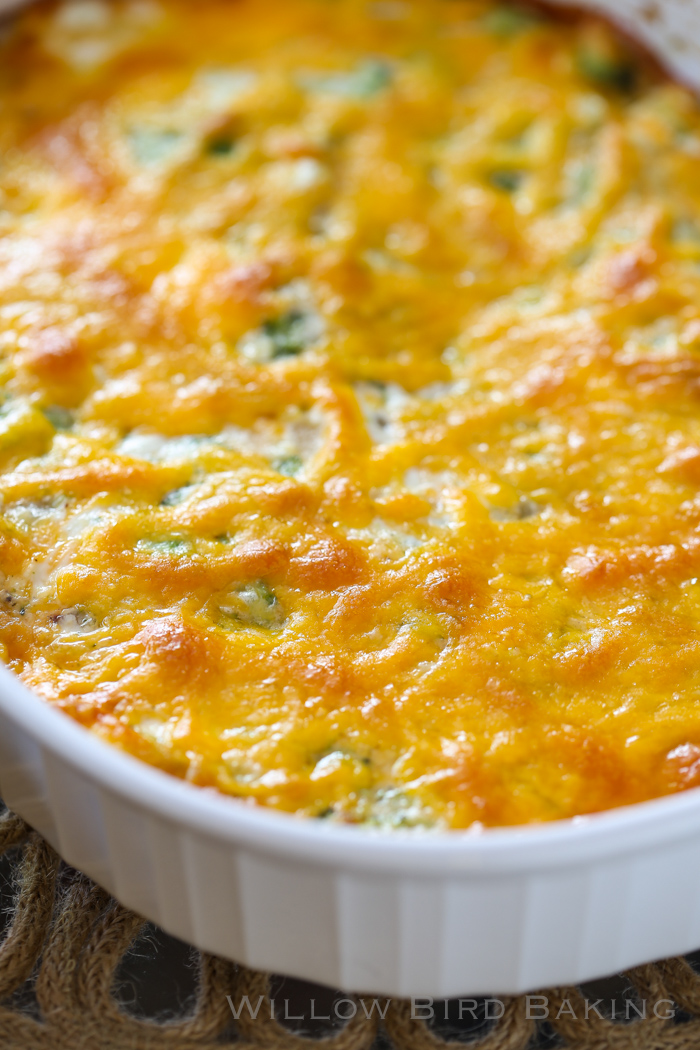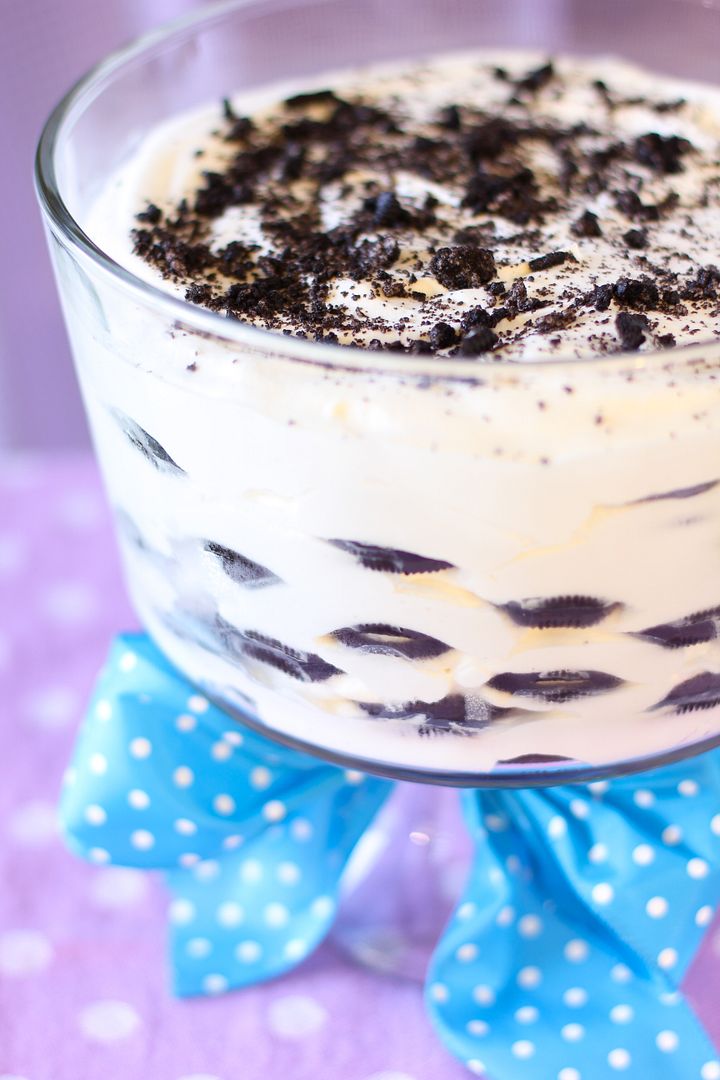
My students teach me life lessons every day.
That’s something teachers are supposed to say in order to earn their Good Teacher Badge, but for me it’s also true. For example, this past Thursday I found myself in a complicated situation on the internet (oh, the internet), and handling it live with my students’ input proved to be one of the most educational experiences I think we’ve had all year. It all started with a negative book review . . .
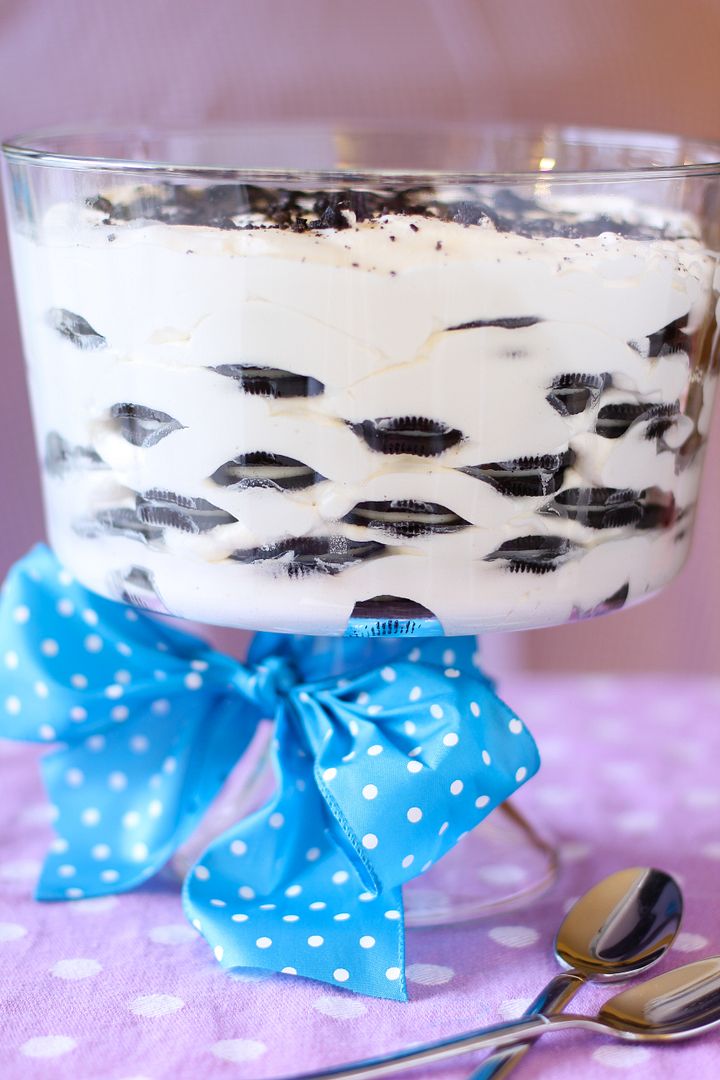
At the beginning of 7th grade, my students read a young adult mystery novel set in Japan. It’s not my favorite book in terms of writing or character development, but it serves my purpose each year: to introduce them to Japan in an engaging and accessible way, and to serve as a backdrop and vehicle, respectively, for our more in-depth studies of haiku and essay organization in class. Essentially, I have my reasons for keeping it in the curriculum, but I don’t personally love it.
On my personal account on a popular book review site, I said as much. The site is designed to allow you to share book reviews and ratings with friends, so I felt perfectly comfortable giving my honest and blunt opinion. It was around four years ago when I reviewed the novel, saying, in short, that the simplicity of the book annoyed me.
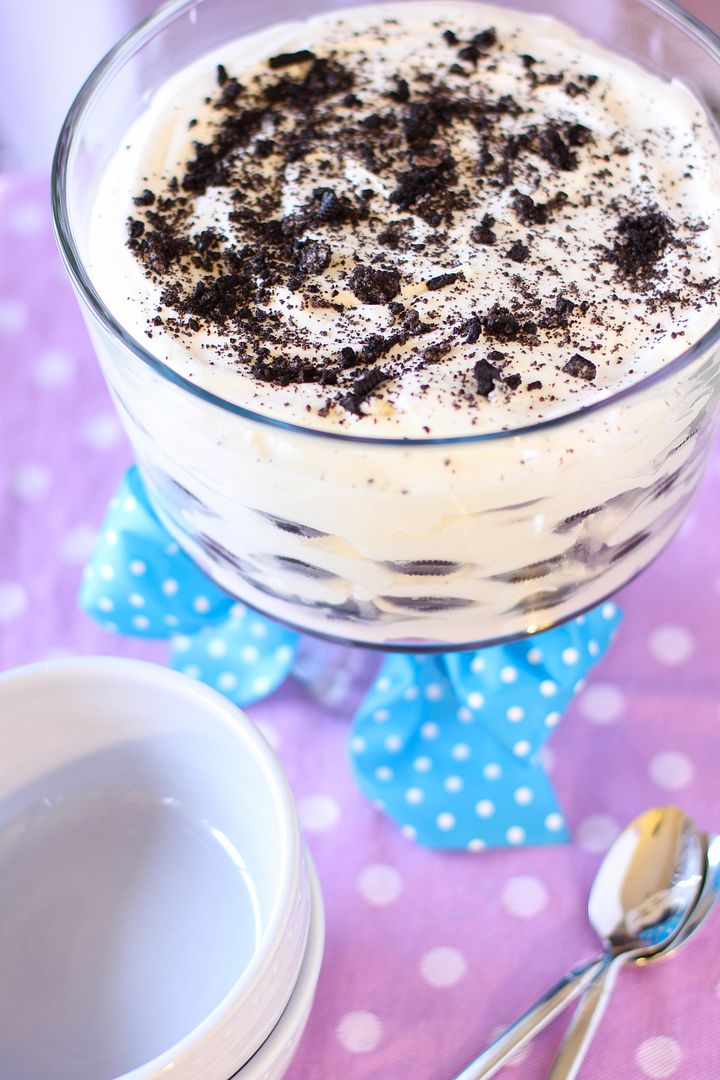
Imagine my surprise when the author of the book himself — I’ll call him Snarky McSnarkerson — responded to my review. He was defensive and implied that the reason I didn’t like his book was because, basically, I’m a stuffy old teacher who’s not in touch with what kids actually like. This was funny to me, since part of what draws me to middle school language arts is my adoration of young adult literature.
I responded with a touch of sarcasm. It was not the most angelic response, but also not inappropriate. In class, I mentioned the exchange to my students and expressed my surprise over the whole affair. It didn’t occur to me that they might search for the review online, but a few of them found it and also responded to Snarky McSnarkerson. I was proud of how they were supportive of me but also classy and mature in their responses, not resorting to rudeness or immature name-calling. Indeed, they were quite a bit more mature than Snarky McSnarkerson himself! I thanked them but also asked that they no longer fuel the discussion.
A few years passed. Then, this past Thursday, I received another response from McSnarkerson out of the blue.
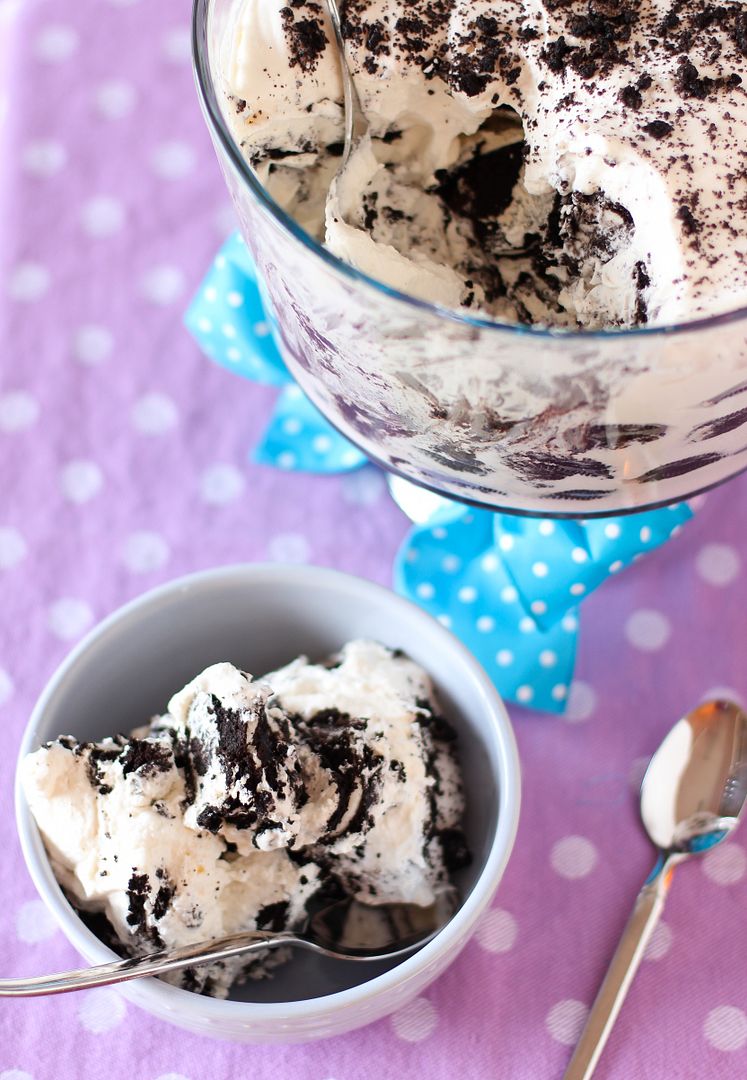
In his new response, he not only insulted me (saying that maybe someday my students would get a “real teacher”), but also my students (pointing out the grammatical errors in their posts). I was livid. I responded curtly to McSnarkerson himself and posted about the situation on Facebook (where it was promptly shared by a prominent author). In disbelief, I told my current students about the situation, being careful this time to ask them not to contribute to the online exchange. They were all outraged to hear of McSnarkerson’s rudeness and his unfair implications, just like I had been.
I knew this was a ripe teaching moment about how to navigate the internet, and how in the real world, we can vote with our wallets (I’d already told McSnarkerson I wouldn’t be using his book anymore). But I didn’t expect for my students to be quite the wonderful teachers they turned out to be!

We chatted about the inevitable urge to gang up on someone with friends online, and how we must remember that to do so would be cruel. We talked about the difference between responding to be nasty and responding with a thoughtful point. We remembered examples of when people had been unkind to others in groups — like the comments on Rebecca Black’s music video, “Friday,” and how they must have made her feel.
While we were discussing the uncertainty involved in handling an online disagreement effectively, my unfailingly positive and practical student, Lauren, raised her hand. She humbly offered the class, “I learned that if you stop responding to someone and fueling a situation, it usually goes away.” I think her comment literally stopped me in my tracks. What a novel idea. Wasn’t I supposed to be the one saying the wise, mature stuff? I laughed.
“That’s a great point, Lauren. So maybe I shouldn’t have responded to McSnarkerson at all? Or maybe I shouldn’t have responded to his newest comment? And, oh. Maybe I shouldn’t have mentioned it on Facebook?” The whole class paused with me. We all shifted and grinned uneasily. A new discussion had begun: Could Ms. Ruble have navigated the internet in a more effective way?
In true language arts style, we journaled about it. I told them to imagine that they’d left a negative review of Harry Potter and J.K. Rowling had just sent them a nasty comment (we all agreed this scenario was ridiculous — who doesn’t love Harry Potter and Rowling? — but for the sake of journaling, they used their imagination.) They had to first write their initial impulse, and then think of at least two better strategies they could use to handle it productively.
I was so proud of their suggestions. They proposed:
-Write out the response you’d initially want to post, but then ball it up and throw it away instead.
-Write a response, but instead of posting it, send it to someone you trust to edit it.
-Write a response, but instead of immediately posting it, wait 24 hours and then revise it to make sure it’s productive and kind.
-Don’t respond at all.
-No matter what you do, don’t share the situation with others to gang up or gossip, because it creates a bigger problem.
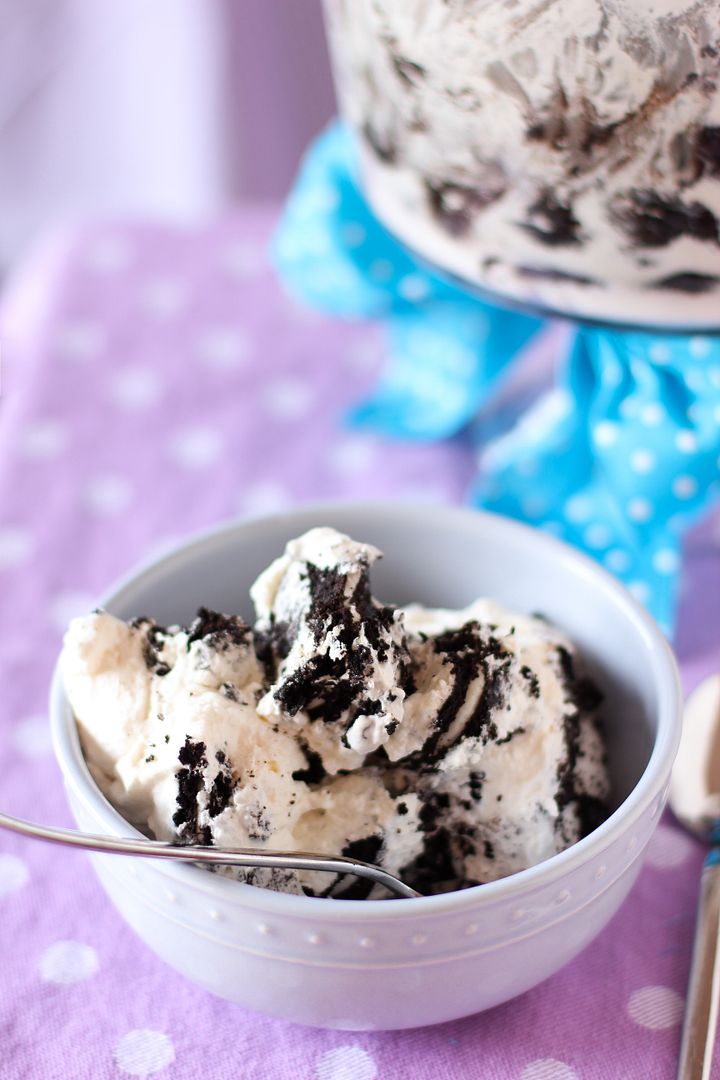
I love when real-life situations come about that they can learn from. I love it even more when they can learn from someone else’s mistakes instead of their own — even if those mistakes are mine! My initial goal in posting my frustrations and a link to the exchange on Facebook was to bring to public light the author’s unkind actions. If I had it to do over again, though, I might handle it in a different way (this is the reason I’m not naming the author or linking to the exchange in this post). Maybe I’d use one of the effective ways my students proposed. And instead of public shaming, I can “voice” my feelings about McSnarkerson by not buying his products.
I appreciate these kids more each and every day.
* * *
After all that tension, I needed to whip up an easy dessert this weekend, and there is nothing easier than an icebox cake. Icebox cakes layer wafer or sandwich cookies with billowy whipped cream and then chill it to form a delicious, velvety, cake-like dessert. I decided to spike my cream with some almond liqueur for a tasty zing, and now I can’t stop eating this thing. I love that something that takes 5 minutes to prepare can end up so pretty and tasty. Enjoy!
How do you effectively handle disagreements online, where it’s so much easier to be unkind or act rashly?
One year ago: Healthy Roasted Tomato and Onion Bread Soup
Two years ago: Willow Bird Baking’s Best of 2010
Three years ago: Pumpkin Cheesecake Bread Pudding
Boozy Icebox Cake
Recipe by: Adapted from Smitten Kitchen, originally adapted from The Magnolia Bakery Cookbook
Yield: 6-8 servings
Icebox Cake is so easy, fast, and delicious. It’s probably the dessert with the biggest bang for your buck. This version is made with oreo cookies and a bunch of whipped cream — and Amaretto for a zing! The cream softens the oreos as they chill overnight into a velvety, cake-like dessert.
Ingredients:
3 cups heavy cream
1/4 cup almond liqueur (like Amaretto) (optional)
3 tablespoons sugar
2 teaspoons vanilla extract
2 packages chocolate sandwich cookies (like Oreos)*
*You might want an extra package on hand in case your trifle dish is larger.
Directions:
Fit a mixer with a whisk attachment and whisk the heavy cream, almond liqueur (if using), sugar, and vanilla extract together in a large chilled bowl until it forms soft peaks. In a trifle dish, arrange a single layer of oreo cookies (for my dish, I used between 8-11 cookies per layer, since the sides flare outward) in a circle, with a cookie or two in the middle. Carefully spread about a 1/2 cup of whipped cream over this first layer. Repeat layering cookies and whipped cream, ending with a layer of whipped cream on top. Crumble a last cookie over the top. Cover and refrigerate overnight before serving.


